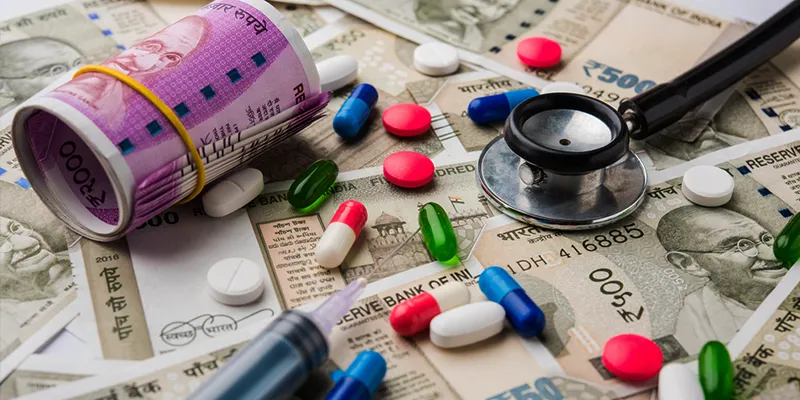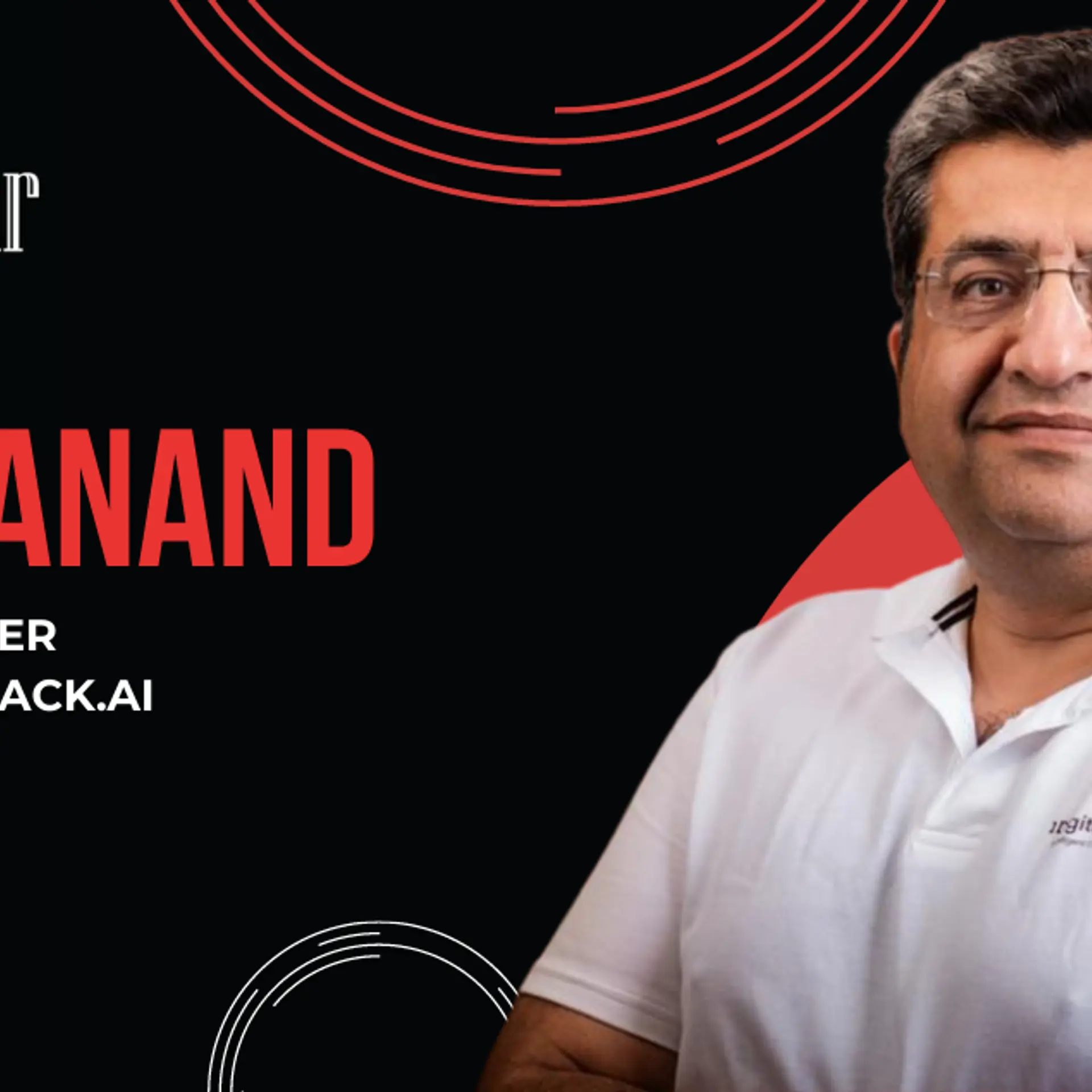Budget 2018-19: For that shot in the arm, healthcare startups train sights on Jaitley
Given that most think the upcoming Budget may be populist, healthcare may just get that much-needed push for both innovation and infrastructure.
First it was wealth creation, then came desire fulfilment, and when these two got together, the body took a toll. No wonder then that world over, healthcare is gaining top priority.
While companies and innovators focus their attention on new and improved methods and drugs to better human health, governments are trying to ensure good quality healthcare reaches all sections of the society.
In the 2017-18 Union Budget, the Indian Government allocated Rs 48,878 crore for healthcare, higher than Rs 39,879 crore in 2016-17, taking its healthcare allocation to 3 percent of the budget.

While, most of the planned outlay concentrated on increasing the number of specialists and technicians, and aiding medical education, there were few announcements that might be considered transformational from a healthcare perspective.
The government, however, announced it would to bring in amendments in the Drugs and Cosmetics Act, 1940, to ensure affordable drugs and promote generic medicines. Later, during the GST rollout, prices of several essential drugs were capped by the National Pharmaceutical Pricing Authority (NPPA), and revisions were made thereafter to ensure their availability to a wider section of the society.
Key expectations from the 2018-19 budget are:
Increase number of specialists, infrastructure facilities
Prashant Tandon, co-founder and CEO, 1mg:
“The one area I felt there was not enough emphasis in the last budget was the part which was highlighted in the economic survey - the current healthcare infrastructure and setup is not adequate or equipped to handle the challenges. The government spend is low, and the model is broken and needs to be fixed fundamentally. Also, it is saddled with corruption and inefficiency.”
Every year, the one statistic that remains constant is that the government’s spend on healthcare has halted at one percent of the GDP. Another factor that is causing some discontentment is that hospitals in India are treated at par with the entertainment industry in terms of charges for utilities like power consumption.
The economic survey also stated that on state capacity, the delivery of essential services such as health and education, which are predominantly the preserve of state governments, remains "impaired".
For many healthcare entrepreneurs, the maintaining of a status quo in terms of planned outlay is one big fear. Prashant added, “We do not have that luxury to not fix this important sector.”

2. Push towards innovation with entrepreneurship
Prashant says the government cannot fix healthcare all by itself. He says,
“The government cannot fix healthcare by itself, it needs technology, innovation and private entrepreneurs to lead this change. It needs to provide a rapid, active and supportive ecosystem for healthcare entrepreneurs to innovate. However, these aspects are not really addressed, and we still have a lot of last century debates on regulation being preferred over innovation.”
He adds that the government needs to focus on enabling an ecosystem of innovation in healthcare, moving away from being a provider to being an 'active' enabler. It also needs to create clear norms to encourage online access to medicines and telemedicine models.
He adds a ‘Health Innovation Council’ could be set up to fast track approvals to innovative models.
3. Focus on e-pharmacy sector, reduce GST (goods and services tax) on drugs
Tushar Kumar, Co-founder, Medlife, says that while the year 2017 saw significant developments in the medical devices sector, little was done to transform delivery of healthcare.
One big shift in the last budget was that prices of over 800 essential drugs came down as the excise duty made way for GST. Most pharmaceutical drugs have been kept in the 12 percent GST bracket, while 5 percent GST is applicable on some life-saving medicines.
Also, as per GST regulations, the government proposed setting up an online platform to regulate the sale of standardised drugs, which pharmacists contend may lead to the sale of fake drugs. This had led to a discord between online and offline pharma players.
“Apart from providing real time solutions, e-pharmacies also bring transparency, avoid any kind of drug discrepancies and allow digitisation of health records,” says Tushar.
In the last budget, Finance Minister Arun Jaitley mentioned three things:
- Amendments to the Drugs and Cosmetics Act, 1940, will ensure availability of drugs at reasonable prices and also ensure use of generic medicines.
- Prashant adds that while this was a good scheme, the process of implementation was patchy.
- Price controls and expansion of Jan Aushadhi stores.
- Prashant says this hampers the growth and access to e-pharmacy, as it allows patients to choose a generic equivalent of a branded medicine. He added that while the draft pharma policy did touch on allowing e-pharmacies, the actual move has not yet taken place.
- Electronic Health Record cards for pensioners linked to Aadhaar:
- “Again, a fantastic idea, and the precursor to universal health stack for India. We hoped to see this stack have open APIs for private players to innovate in partnership with this backbone. Unfortunately, did not see much happen,” says Prashant.
- Telemedicine using digital technologies in ‘DigiGaon’
- Another great thought, key to bringing healthcare access to all. “However, the norms for telemedicine are still not defined and we need a lot more clarity on the way forward if we are to see strong investments behind this model,” he said.

4. Push for medical devices
The last budget spoke about medical devices, but most say there needs to be more clarity on what is going to be done towards ensuring there is a greater push towards manufacturing and making medical devices in India.
Leo Mavely, Founder and CEO, Axio Biosolutions says:
“While the year 2017 witnessed substantial developments in the medical devices sector, there is still an immediate need for the Government to accelerate further reforms in the year 2018 in order to boost medical device manufacturing within the country, reducing huge import dependency in this sector (which is still at 70-90 percent), retaining foreign reserves, and making quality healthcare affordable and accessible to the masses at large.”
ENT surgeon Jagdish Chaturvedi who co-founded InnAccel, and is a serial medtech innovator with 18 devices to his credit, of which one was licensed to Medtronic, believes the government’s move was in the right direction.
Jagdish says a well-validated and understood clinical need is a crucial element for any healthcare technology, and adds that today, most entrepreneurs who interview clinicians to identify pressing needs hardly spend any time in a hospital, actually observing and understanding clinical problems.
The lack of in-depth understanding of clinical gaps, he says, leads to the development of vague and non-specific healthcare technologies.
5. Populist Budget - Possible game changers
While, the 2018-19 might be a populist budget, healthtech entrepreneurs believe the long-term economic interest of the country will be taken into account. Also, the budget may focus on making India an investment destination for global investments and encourage local innovations.
Leo says the introduction of the Medical Devices Rules 2017, will be an important event to watch out for. He added that these rules will help key domestic manufacturers and local innovators by creating a level playing field in accordance with global norms.
To this, Prashant adds, “A health innovation policy or mechanism should be set up, Bio Equivalent substitution of generic medicines should be allowed, and the D&C Act can be updated in tune with the current times.”
“Something we would like to see is the implementation of new rules within medicines and healthcare for chronic diseases such as diabetes, thyroid, cardio, cancer etc. If the government can take a bold move on universal health programme, it would lay the foundation for healthier generations ahead,” Tushar says.







